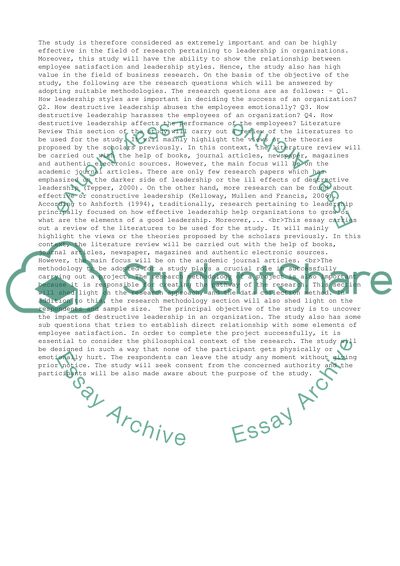Cite this document
(“Destructive Leadership in Organisations Essay Example | Topics and Well Written Essays - 1500 words”, n.d.)
Retrieved from https://studentshare.org/management/1473437-destructive-leadership-in-organisations
Retrieved from https://studentshare.org/management/1473437-destructive-leadership-in-organisations
(Destructive Leadership in Organisations Essay Example | Topics and Well Written Essays - 1500 Words)
https://studentshare.org/management/1473437-destructive-leadership-in-organisations.
https://studentshare.org/management/1473437-destructive-leadership-in-organisations.
“Destructive Leadership in Organisations Essay Example | Topics and Well Written Essays - 1500 Words”, n.d. https://studentshare.org/management/1473437-destructive-leadership-in-organisations.


